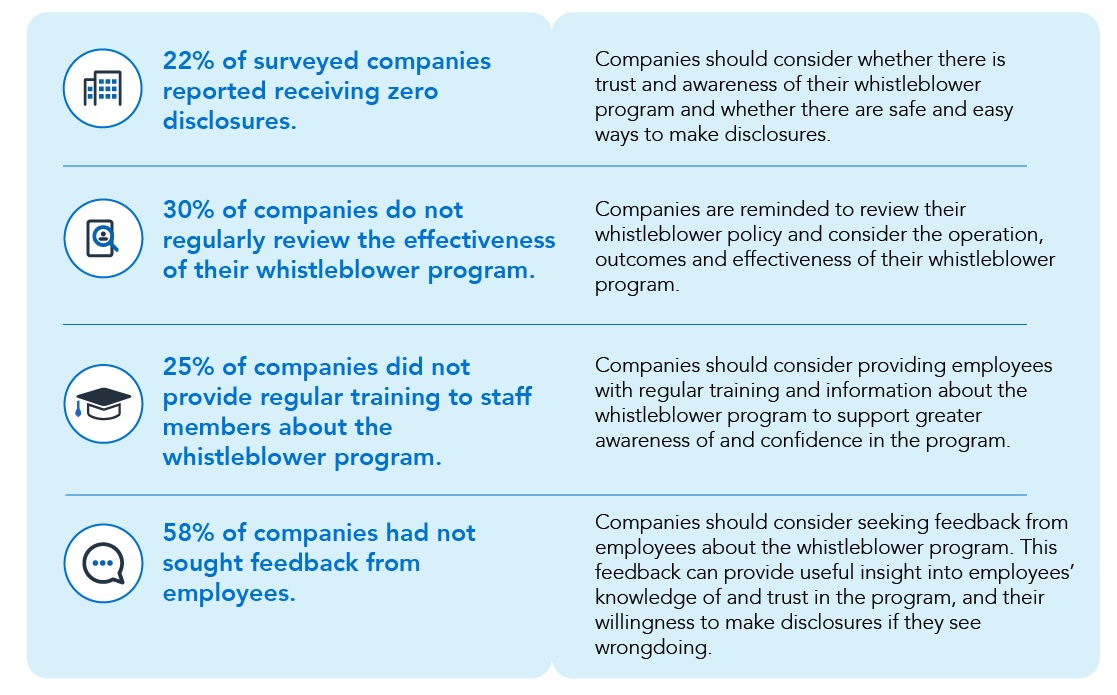Preventing Employee Burnout [8 Simple Strategies]
Spot the signs of burnout and learn strategies to prevent it in your workplace.
![Preventing Employee Burnout [8 Simple Strategies]](https://cdn.prod.website-files.com/68b6ac0a4b351036bf033974/68dfa422d7fb63f7fc5dc2f7_How%20To%20Prevent%20Employee%20Burnout.avif)
What Does Employee Burnout Look Like?
Employee burnout is a state of emotional, physical, and mental exhaustion caused by prolonged stress and high demands at work. It manifests as feelings of detachment, cynicism, and reduced effectiveness in job performance.
Burnout can result from factors such as excessive workload, lack of control over work, insufficient support, and conflicting or high job demands.
For example, a dedicated project manager might start feeling constantly fatigued, increasingly irritable during meetings, and less engaged with their team’s goals.
This decline in energy and enthusiasm can lead to missed deadlines, strained relationships, and ultimately, a decrease in overall job satisfaction. Moreover, burnout can contribute to a negative organisational culture overall that is characterised by stress and disengagement.
Common Causes of Burnout
- Work overload – never-ending tasks and tight deadlines
- Pressure to perform – high-stakes projects and expectations
- Role conflict and ambiguity – conflicting tasks and unclear responsibilities
- Lack of support – inadequate feedback, fairness, and managerial support
- Disconnect from values – misalignment between personal and company values
- External stressors – personal life challenges impacting work
How To Prevent Employee Burnout
Take a Holistic Approach To Employee Wellbeing
Taking a holistic approach to wellness involves addressing multiple facets of employee wellbeing including physical, emotional, social, and financial.
Physical wellbeing initiatives can include promoting exercise, healthy eating options, and access to healthcare resources.
Similarly, emotional wellbeing can be supported through resources like Employee Assistance Programs and access to counselling on a regular basis can help workers during particularly challenging times.
Find out more about workplace wellbeing programs you can implement.
Supporting Managers
By equipping managers with comprehensive training in employee support and engagement, businesses can empower them to recognise early signs of burnout and intervene effectively.
Managers play a pivotal role in creating a positive work environment where employees feel valued and supported. Regular feedback, facilitating open communication, and ensuring workload distribution aligns with team capacities.
Encouraging Recovery Time and Breaks
Encouraging regular breaks and recovery periods is essential in preventing employee burnout. It’s crucial to recognise that sustained periods of intense work without adequate breaks can lead to chronic stress and fatigue.
Supporting downtime, whether it’s through encouraging short breaks during the workday or ensuring employees take their allotted vacation time can help mitigate the downsides of a high workload.
Managers also play a key role in this by modelling healthy work habits, reducing stigma around mental health issues and actively promoting a culture where breaks are seen as necessary for sustained productivity and wellbeing.
For more extreme situations, be mindful and supportive of employees who may require mental health leave of absence.
Connecting with organisation mission and values
Helping employees find purpose in their work is crucial for preventing burnout and fostering long-term engagement.
By clearly connecting each employee’s role to the organisation’s mission and values, they can help instill a sense of meaning and impact in their daily tasks.
This connection can be reinforced through regular communication from leadership about the broader goals and how each team member contributes to achieving them.
Managing workloads
Moreover, managing workload expectations is crucial in preventing overwhelming employees. It involves clear communication between managers and their teams about project timelines, task priorities, and realistic goals.
Setting achievable milestones and ensuring adequate resources are allocated helps prevent employees from feeling constantly under pressure.
Offer Flexible Working Arrangements
Offering flexible work arrangements has become increasingly vital in modern workplaces, contributing significantly to both employee satisfaction and organisational success.
By implementing flexible work schedules and remote work options, companies empower their employees to manage their professional responsibilities in a way that aligns with their personal lives.
This flexibility not only reduces the stress associated with commuting and rigid office hours but also enhances work-life integration, allowing employees to achieve a better balance between their professional and personal commitments.
Setting Clear Expectations
Setting clear expectations is essential for minimising workplace stress and preventing burnout among employees. When roles, responsibilities, and goals are communicated clearly, employees have a better understanding of what is expected from them, which reduces ambiguity and prevents conflicts that can lead to stress.
Clear expectations also help employees prioritise their tasks effectively and allocate their time and resources efficiently, contributing to a more productive work environment. By minimising role ambiguity and conflict, organisations create a supportive atmosphere where employees feel confident in their abilities to fulfill their duties.
A right to disconnect
Empowering boundaries in the workplace involves more than just allowing employees to set emotional and physical limits; it requires a thoughtful approach to managing workload expectations and fostering a supportive culture. Employees often face the challenge of balancing work demands with personal wellbeing.
This means giving employees the autonomy to establish boundaries, the recent updated Right to disconnect states employee will have the right to refuse contact outside their working hours unless that refusal is unreasonable.
Preventing Employee Burnout
Burnout can cause psychological harm to individuals through long periods of chronic stress. This in turn impacts work culture, productivity and morale.
Leaders and businesses need to take a proactive approach to preventing burnout by prioritising strategies to prevent and mitigate burnout. People-focused organisations can create a supportive and positive work environment that enhances employee satisfaction and improves retention.
Related Links

Hello 👋 I’m Joel the founder of Foremind.
Are you ready for simplified support & compliance?
Latest insights
Answers to the frequently asked questions.
Still have questions?
Email us at enquiries@foremind.com.au and we'll get back to you quickly with a response
Yes, we have culturally competent counsellors available, including those able to work with first nation and CALD employees.
Onshore on secure AWS Servers in Sydney Australia. All data is encrypted in transit and at rest and our entire team is located in Australia.
Employees can access our platform on any device (mobile, laptop, desktop, etc.) as long you have the website link - no need to download any app on devices. You wouldn’t need to enrol any of your staff individually.- When we do our onboarding, we ask for the first name, last name and email of all your employees, and send out an email invite to all them which will allow them to create their own individual account to access the platform. For new staff we can also invite them or provide you with a unique link to embed in your onboarding process, whichever is more convenient for you. We also kick things off with a launch webinar or video to make sure everyone is aware of Foremind and how to use it. We’ll also provide you with any collateral such as posters, QR codes, brochures etc. to help drive awareness and encourage people to create an account in the platform.
The support line is answered by our reception service 24/7. It is for urgent platform or session-related issues only (e.g. *“My counsellor didn’t show”*) or helping staff create an account.






